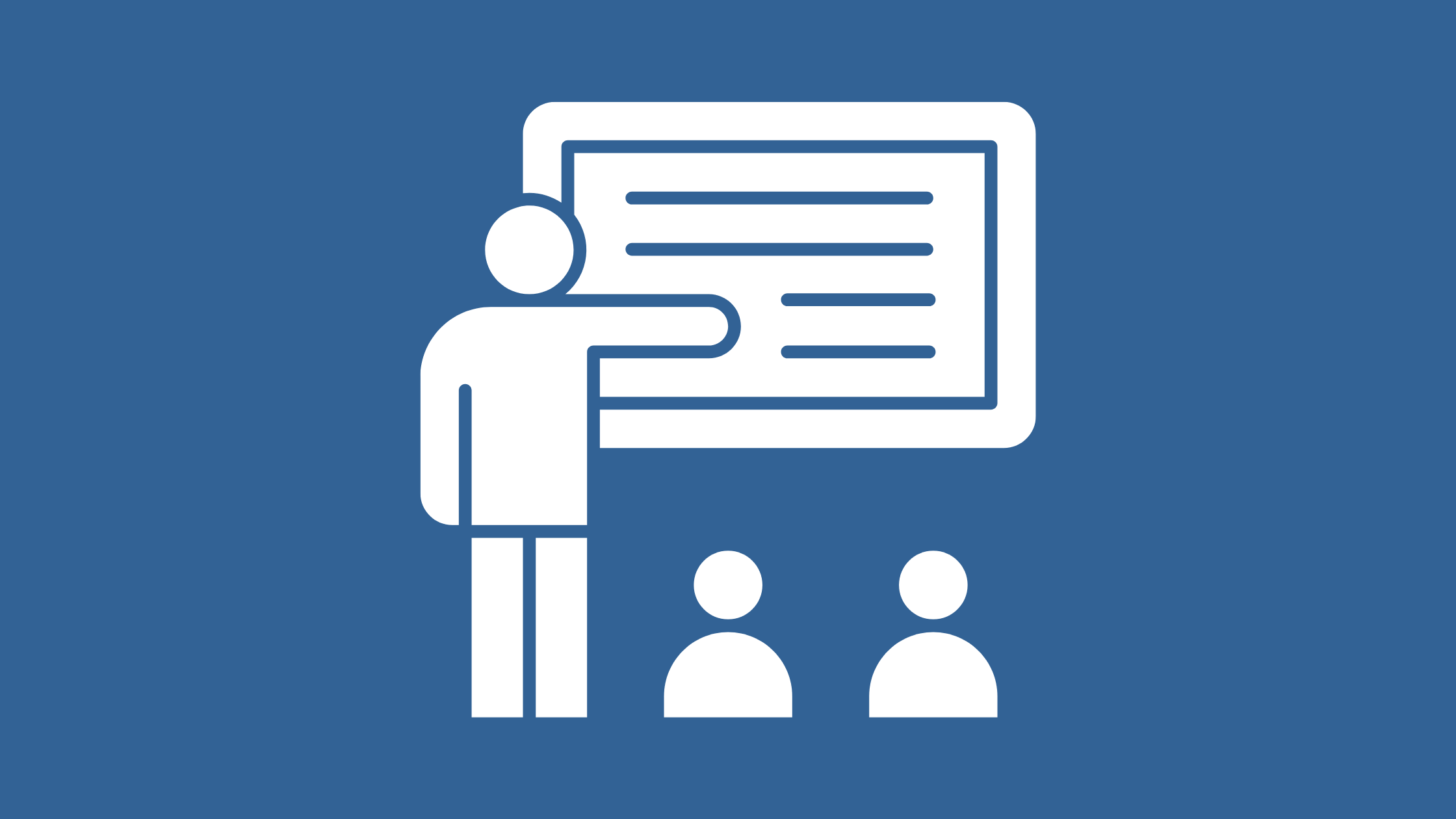DITA for learning content: The Learning and Training specialization
Training organizations can use DITA for learning content. The DITA Learning and Training specialization makes it possible.
Educators and training organizations have been looking for ways to construct modular libraries of content. These information chunks, or learning objects, can then be reorganized as needed to produce training materials and eLearning products.

Photo: Staff Sgt. Jordan Jones (U.S. Armed Forces)
DITA defines a handful of basic information types, including topics and maps (which organize topics). The elements that identify content in these topics and maps can be renamed and modified to suit specific content needs. Creating these new elements from existing elements is called “specialization.” Through specialization, DITA provides an architecture for modular topics and many mechanisms to encourage reuse.
The DITA Learning and Training specialization extends the basic DITA topic types to provide all that you need to create reusable learning objects. The specialization provides topics, maps, elements, and metadata that you can use to structure learning and training content.
The modularity, reuse, and localization aspects of DITA enable organizations to lower costs and increase efficiency. Using DITA with a component content management system (CCMS) allows close control, versioning, and change tracking for your content.
The topic types
The Learning and Training topic types cover all phases of learning content development, from conception to delivery:
- Develop your overall learning plan with the Planning topic type. This topic type supports learning needs and goals, instructional design, and learning taxonomies.
- Plan your objectives and prerequisites with the Overview topic type. It describes the learning objectives, course prerequisites, and intended audience.
- Author your learning content in the Content topic type. This topic type contains the learning content itself. The content can be contained in the body of the topic or can be contained in nested DITA topics, if additional specialized markup is necessary.
- Provide students with review materials in the Summary topic type. This allows you to review the content and puts it in perspective with your learning objectives.
- Reinforce content and measure progress with the Assessment topic type. The assessment includes several interaction types that you can use to present questions. The interaction types include true-false, multiple-choice, open question, matching, sequence, and hot-spot (which allows the student to click on the appropriate area of an image).
Organizing your topics
With your learning content contained in DITA topics, you can use standard DITA maps and bookmaps to organize and reuse the topics as needed. The Learning and Training specialization also defines learning groups, learning objects, and specific learning map types to organize your content into courses, modules, or higher levels of hierarchy.
The specialization includes metadata for context, difficulty, learning time, platform requirements, and age range. This metadata is based on the IEEE Learning Objects Metadata standard (https://standards.ieee.org/findstds/standard/1484.12.1-2002.html).
Publishing
With learning and training content in DITA, you can generate output for computer-based training, or you can generate more traditional forms of output for handouts, slides, and classroom training workbooks.
You can use the DITA Open Toolkit to generate HTML or PDF output for your learning content, more-or-less out of the box. However, if you need to develop content for Learning Management Systems or eLearning, it will require some plugin development, either on your own or with a consultant. Scriptorium has worked with learning content for a number of clients and we have developed plugins for generating files for several learning management systems, including SCORM.
In the real world
At Scriptorium, we use this specialization in a very public way: all of the content used in LearningDITA.com is authored using the DITA Learning and Training specialization. You can view (and even contribute to) this content on GitHub at https://github.com/ScriptoriumDev/LearningDITA.
You can also see how the content works in eLearning (LearnDash LMS) by visiting LearningDITA.com. Scriptorium created the transforms that convert the DITA learning sources into lessons, topics, and assessments that are used by the LMS.
Are you creating content for use in training? Has the DITA Learning and Training specialization helped you? Let us know in the comments. But don’t get distracted (obligatory cat or dog video):




Andrew
Thank you for providing an concrete and accessible example of how DITA can be applied in a training and learning context. Are you aware of LMSs that are able to import DITA formatted learning content? Alternatively, are there existing tools for translating DITA learning content to other standard formats (e.g. Thin Common Cartridge, SCORM, xAPI/TinCan)?
Simon Bate
Hi Andrew, thanks for your kind words.
We aren’t aware of any LMSs that can import DITA directly. In our experience, clients transform their content into LMS-compatible formats, and then import. The formats used depend very much on the LMS, some have unique formats, others use standard formats. We have had to create the transforms used by our clients.
Simon
Jennifer
Thanks for providing this information. If we want to use the learning specialization without an LMS, can we generate it as html and post it to our website? And if we do that, will the resulting output support the kind of interactions that we want to achieve by using the learning specialization (eg clicking on multiple choice answers, matching items in lists, etc)?
Alan Pringle
The interactivity of the output would depend on how the transformation process codes the content. Converting to just default HTML would not provide the interactivity you mention.
Our LearningDITA site uses a WordPress-based LMS, and we transform the DITA source into a WordPress-compatible XML format that the LMS understands. Details are here: https://scriptorium.com/2016/11/developing-training-websites-in-multiple-languages/